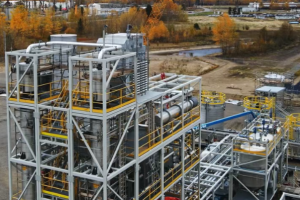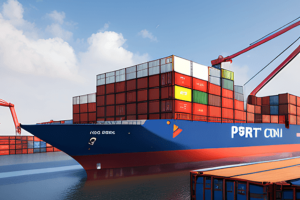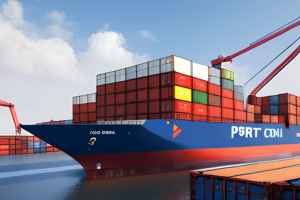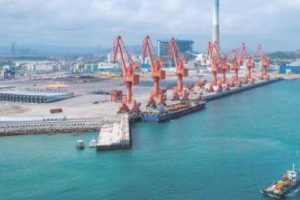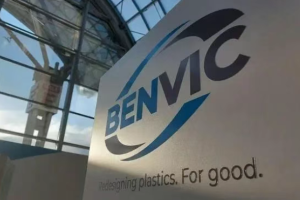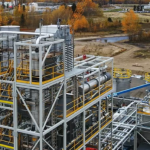June 29, 2025 – Behind Labubu’s Global Success: Chinese Fiber Tech Creates Next-Gen Plush Experience
AsiaMB Special Report – The secret behind Labubu’s irresistible plush texture lies in Suzhou Longjie Special Fiber’s groundbreaking biomimetic technology. This Jiangsu-based innovator has revolutionized plush toy materials through its patented dual-layer fiber structure, combining masterbatch-enhanced coloration with advanced polymer engineering.
At its Zhangjiagang production complex, Longjie demonstrates how precisely calibrated bristle-to-fuzz ratios create 80+ animal-specific textures – from arctic fox fluff to alpaca wool density. “Our color masterbatch integration eliminates traditional dyeing processes, ensuring both vibrant hues and child-safe materials,” said Wang Jianxin, Deputy General Manager. The technology addresses growing consumer demand for eco-conscious plush products with OEKO-TEX certified fibers.
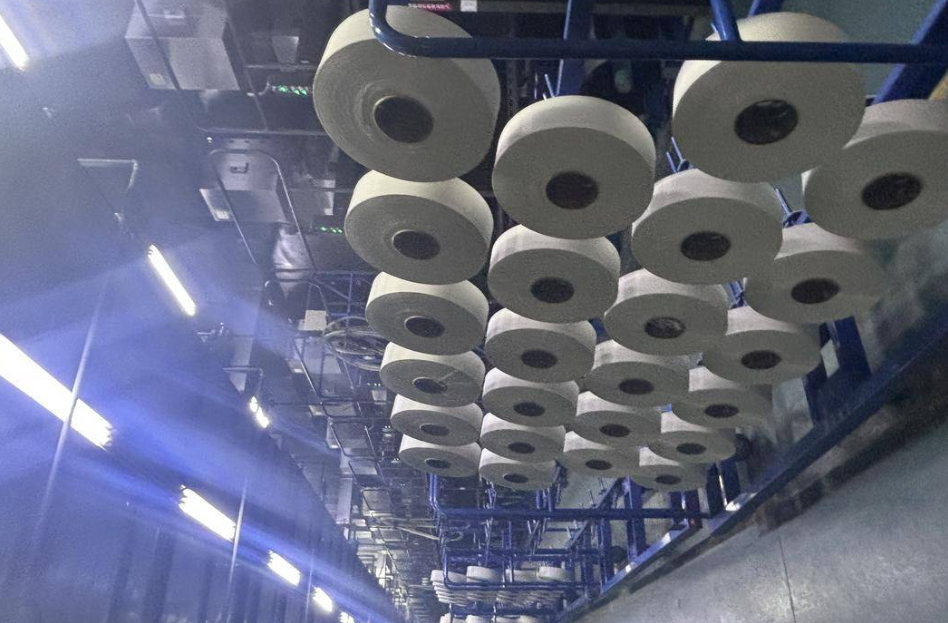
While celebrating its Labubu collaboration, the 22-year-old fiber specialist faces financial challenges. Recent SEC filings reveal setbacks in its 396 million yuan green composite fiber project, with consecutive annual losses exceeding expectations. The company’s revised private placement plan – now targeting 100 million yuan from controller-affiliated investor Zou Kaidong – has drawn regulatory scrutiny regarding potential conflicts of interest.
Industry analysts note Longjie’s transformation from traditional textile supplier to cultural creative enabler reflects China’s manufacturing upgrade trend. Beyond plush toys, its fibers now appear in luxury fashion and smart home textiles, though profitability struggles highlight the risks of heavy R&D investment in specialty materials.
“Material science innovations like Longjie’s are redefining product experiences across industries,” commented a Shanghai-based toy industry consultant. “But sustainable success requires balancing technological breakthroughs with financial discipline – a challenge many Chinese material innovators currently face.”
The company maintains its IPO-funded R&D programs will yield returns as its fibers gain adoption in higher-margin applications. Market observers suggest upcoming quarterly results may indicate whether this technical achievement can translate to commercial success.


